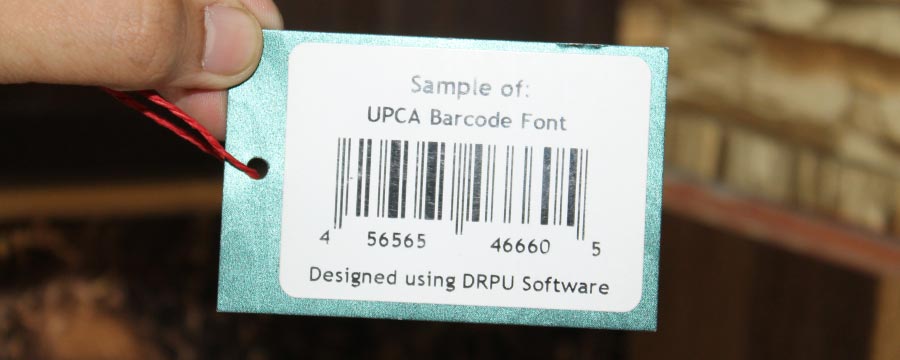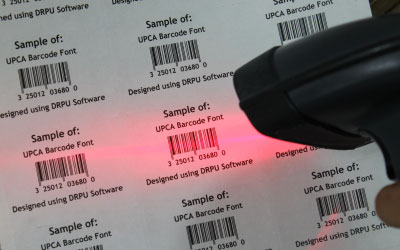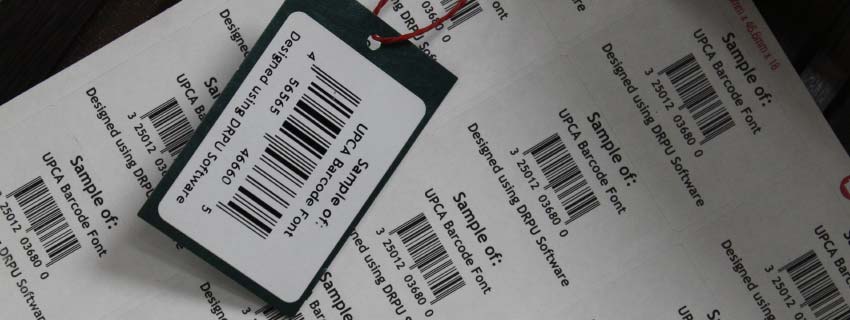Advantages of UPCA Barcode
The UPCA (Universal Product Code-A) barcode is a widely used type of barcode that
offers several advantages for businesses and consumers. Here are some of the key advantages of using
UPCA barcode:
-
Efficiency: The UPCA barcode allows for quick and efficient
identification of products at the point of sale. By scanning the barcode, retailers can
quickly retrieve information about the product, such as its price and inventory level,
without the need for manual entry. This speeds up the checkout process and reduces the
likelihood of errors.
-
Accuracy: Because the UPCA barcode is scanned electronically, the risk
of errors in data entry is greatly reduced. This means that retailers can be confident
that the product information retrieved from the barcode is accurate, which can improve
inventory management and reduce the likelihood of pricing errors.
-
Universal Standard: The UPCA barcode is a universal standard that is
recognized and used by retailers and manufacturers worldwide. This means that businesses
can use the same barcode system for their products, regardless of where they are being
sold or shipped. This helps to simplify logistics and reduce costs.
-
Cost-Effective: The UPCA barcode is a cost-effective way to track
products and manage inventory. The cost of printing barcodes is relatively low, and the
use of barcodes can help to reduce labor costs associated with manual data entry and
inventory management.
-
Versatility: The UPCA barcode can be used for a wide range of
products, from small items like candy bars to larger items like appliances. The barcode
can also be printed on a variety of surfaces, including paper, plastic, and
metal.
-
Integration: The UPCA barcode can be easily integrated into existing
systems, such as inventory management and point-of-sale systems. This allows businesses
to streamline their operations and improve efficiency.
-
Data Collection: The UPCA barcode can be used to collect data about
product sales and inventory levels. This data can be used to identify trends and make
informed business decisions, such as which products to order and how much inventory to
keep in stock.
In
conclusion, the UPCA barcode offers several advantages for businesses and consumers, including
efficiency, accuracy, universal standardization, cost-effectiveness, versatility, integration, and data
collection. The use of barcodes has become essential for businesses of all sizes, and the UPCA barcode
is one of the most widely used barcode types in the world.


